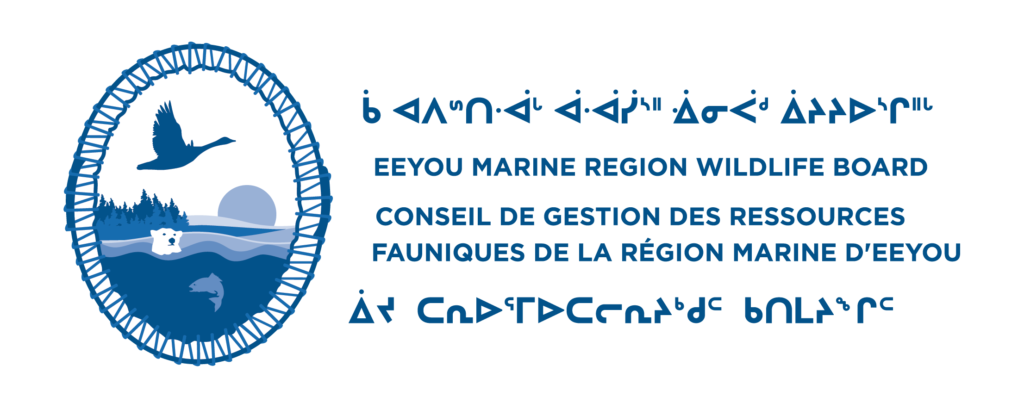Detecting and Protecting Bat and Avian Species at Risk in the Eeyou Marine Region
PROJECT LEAD: EMRWB
PROJECT PARTNERS: Fondation de la faune du Quebec
DURATION: 2022-2024
Currently, there is very little information about the northern range of bat species in Quebec. Traditional Ecological Knowledge (TEK) from community members and others have confirmed the presence of bats, but the species have not been confirmed. In addition, the northern limit of distribution areas for bats are mostly unknown.
Autonomous Recording Units (ARUs) are remote recording devices that can capture ultrasonic bat calls in the deployment area and help identify bat presence, species, habitat use, and duration in a location.
With this project we would like to deploy ARUs to address the following questions:
- What bat species are present on the eastern coast and on some offshore islands of James Bay (Eeyou Marine Region)?
- How frequently are bats detected within the Eeyou Marine Region?
- What are the northern range limits of federally and provincially listed at-risk bat species (Little Brown Bat, Northern Myotis, etc.) and bat species provincially designated as likely to be listed (Hoary Bat, Silver Bat, Eastern Pygmy Bat, Red Bat) in Quebec?
- Are bats found in all types of potential habitat in the EMR and what are the northern habitats most likely to host bats?
- Where are bird species at risk, specifically the Yellow Rail, present on the eastern coast of James Bay (Eeyou Marine Region)?



PROGRESS
In the spring and summer of 2023, the EMRWB and CTA-EMR staff deployed 7 bat ARUs and 4 bird ARUs along the coast (map right). These units recorded from May-October, capturing bats from sunset to sunrise and birds in the early morning and evening.
In the winter of 2023/24, EMRWB staff will process the recordings to identify which bat species are present at each location and the duration they stay in each location.

